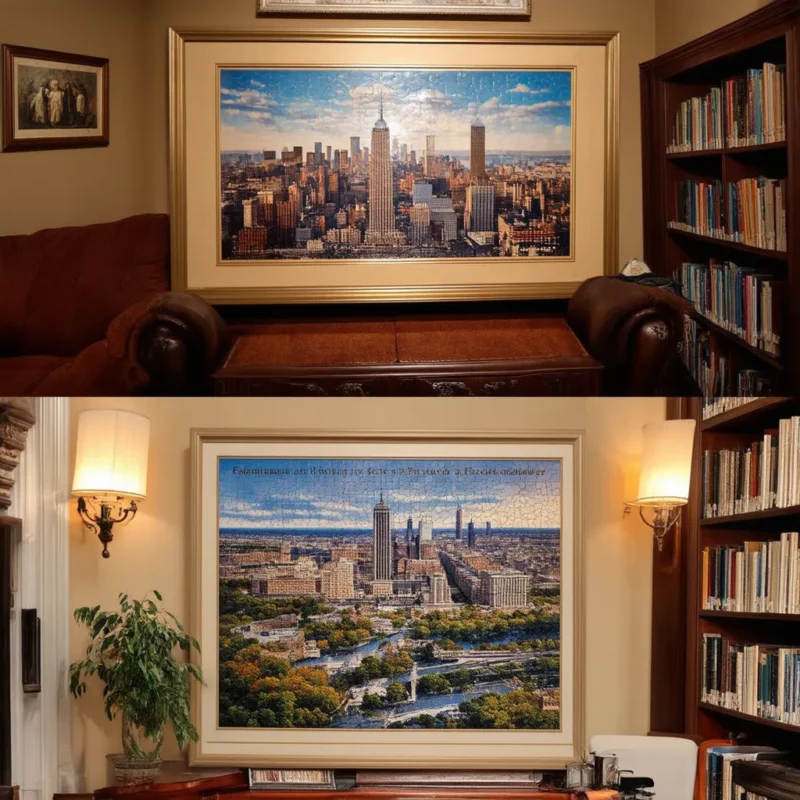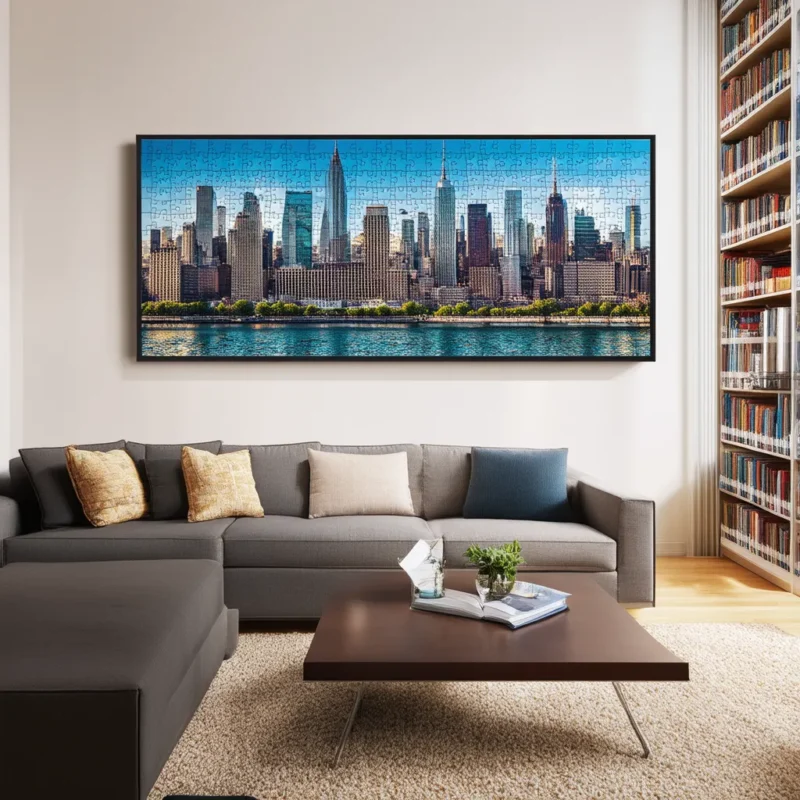Creativity and DIY, Gifts and Celebrations, Home Comfort and Decor
How to Glue and Frame Your Puzzle: A Complete Guide to Puzzle Preservation
How to Preserve and Display Your Puzzle: A Step-by-Step Guide
Puzzles have been a beloved pastime for centuries, offering a blend of relaxation, challenge, and satisfaction once the final piece is in place. However, the question often arises: what to do with the completed puzzle? For many, the solution is to preserve and display their hard work, turning a simple hobby into a beautiful piece of art. This guide will walk you through the process of gluing and framing your puzzle, ensuring it remains a cherished display for years to come.
The History of Puzzle Preservation
Jigsaw puzzles have a rich history, dating back to the 18th century when they were first created as educational tools. Over time, puzzles evolved into a popular leisure activity, with people often seeking ways to preserve their completed works. The practice of gluing puzzles likely began in the early 20th century, when puzzles became more intricate and often depicted artwork or landscapes worthy of display. Today, preserving puzzles is a common practice among enthusiasts who wish to immortalize their efforts.
Why Glue and Frame Your Puzzle?
Gluing and framing a puzzle serves multiple purposes. Not only does it protect the puzzle from damage, but it also allows you to showcase your work. A completed puzzle can be a reflection of patience, dedication, and sometimes, even collaboration. Framing a puzzle turns it into a unique piece of art, a conversation starter, and a reminder of the enjoyable time spent assembling it.
Step-by-Step Guide to Gluing Your Puzzle
To preserve your puzzle properly, follow these steps:
- Choose the Right Glue: Opt for a glue specifically designed for puzzles, often referred to as puzzle conserver or mod podge. These glues are clear and dry with a glossy finish, ensuring your puzzle’s colors remain vibrant.
- Prepare Your Workspace: Before applying the glue, make sure your puzzle is assembled on a flat, sturdy surface. Place a protective layer beneath the puzzle to catch any excess glue.
- Apply the Glue: Using a brush or the applicator provided, spread the glue evenly across the surface of the puzzle. Start from the center and work your way outwards to avoid bubbles or uneven spots.
- Allow to Dry: Let the glue dry completely. This can take several hours, depending on the glue and the size of the puzzle. Once dry, the puzzle will be firm and ready for the next step.
- Mount and Frame: After drying, you can choose to mount the puzzle on a backing board before framing it. This step adds extra stability. Choose a frame that complements the puzzle’s design and securely mount the puzzle within it.
Real-Life Examples and Case Studies
Many puzzle enthusiasts have shared their experiences with preserving their puzzles. For example, a couple in New York preserved a 5,000-piece puzzle of the New York skyline, which now hangs prominently in their living room as a testament to their shared effort. Another example is a community puzzle project in a local library, where residents collectively worked on a 10,000-piece puzzle that was later glued, framed, and displayed in the library’s main hall.


Challenges and Opportunities
One of the challenges of gluing puzzles is ensuring that the glue is applied evenly without damaging the puzzle. Additionally, selecting the right frame can be daunting, as it must complement the puzzle while providing sufficient support. However, the opportunities to create personalized art from a completed puzzle are vast. As more people look for unique home decor options, the trend of framing puzzles is likely to grow.
Future Trends in Puzzle Preservation
With the rise of customizable puzzles, where people can create puzzles from personal photographs, the trend of preserving and framing puzzles is set to expand. We may also see advancements in puzzle glue technology, offering faster drying times and more durable finishes. Additionally, the integration of augmented reality (AR) features in puzzles could lead to new, innovative ways to display and interact with completed puzzles.
Preserving and displaying a puzzle is more than just a way to protect your work; it’s a method of transforming a temporary pastime into a lasting piece of art. Whether you are a casual puzzler or a dedicated enthusiast, gluing and framing your puzzles can bring a new dimension to your hobby. As trends evolve and new technologies emerge, the future of puzzle preservation holds exciting possibilities, ensuring that this beloved activity continues to captivate and inspire.

